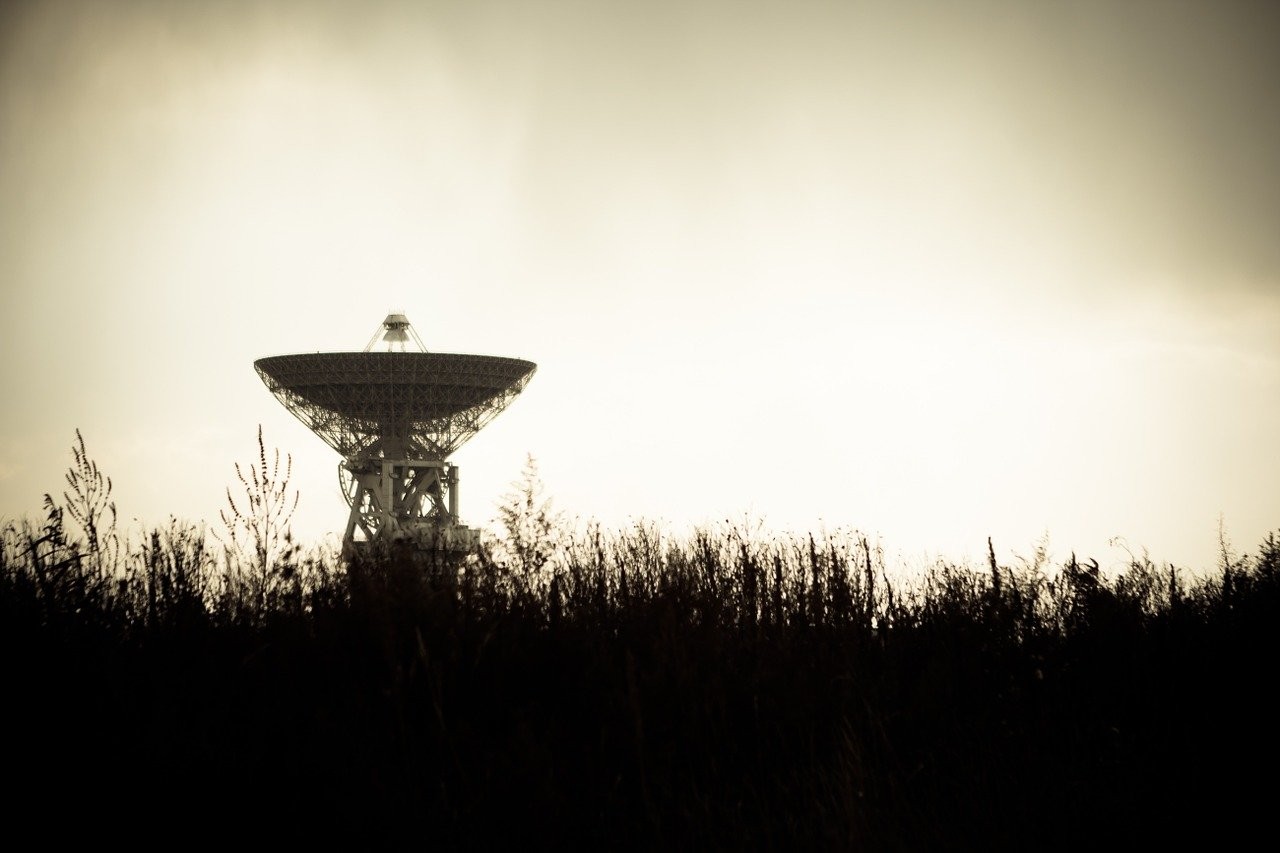If aliens ever visit us, it's likely to be an artificial life form, says an astronomer from the Seti Institute. An organic life form such as ours could not sustain such a long stay in space.
Seth Shostak is an astronomer at the Seti Institute, a non-profit organization focused for several years on the search for extraterrestrial life. In a recent opinion piece published in The Guardian , the researcher gave his view on the possibility that an exotic life form could one day visit our planet.
First of all, Dr. Shostak is convinced that none of these beings have ever visited our airspace.
“ Claims that extraterrestrials helped build large, pointed monuments in the Egyptian desert 5,000 years ago are frankly, laughable ” he writes. " And I don't think the footage from the Navy's F-18 Hornet cameras shows us any alien craft hurtling through the skies over the Pacific. There are more prosaic explanations for these images ” .
That said, like many, the astronomer considers it "extremely likely" that "intelligent" extraterrestrials are indeed present in our galaxy. In fact, this supposition raises the possibility that we may one day make contact with an exotic life form. The question then arises:if this is the case one day, what could these extraterrestrials look like?
Hollywood has accustomed us to little gray beings, frail, beardless and endowed with a huge head supposed to house a huge brain. Dr. Shostak does not share this very anthropomorphic representation of the extraterrestrial.
“It is unlikely that the extraterrestrials that will come to our planet, if they ever come, are carbon-based life forms, that they either hairy or hairless ” , he explains. “Their cognitive abilities are unlikely to be powered by a spongy mass of cells we would call a brain. They will probably have gone beyond biological intelligence and, in fact, beyond biology itself ” . In other words, " they will not be alive " .

The reason is quite simple. As you know, the Universe is so vast that our poor little brains, as complex as they are, struggle to truly grasp its distances. With conventional propulsion methods, for example, it would take more than 75,000 years to reach the nearest star system — Alpha Centauri. And the star was positioned only 4.2 light years away.
If we were to imagine such a journey one day, then humanity would need ships inside which several generations would have to follow one another. A few years ago, the astronomer Frédéric Marin, of the Strasbourg Astronomical Observatory, and the physicist Camille Beluffi, had moreover estimated the minimum size of the crew for it to arrive safely and in good health:at least 98 people inside a ship at least 224 meters in radius and 320 meters in length.
Naturally, we could imagine extraterrestrials that are very advanced technologically, taking advantage of much more efficient propulsion systems. Nevertheless, as the astronomer points out, extraterrestrials will always have to operate according to the same laws of physics.
“Suppose an alien wishes to cover the distance between Proxima Centauri and Earth in 10 years. Their rocket would need to muster 600 million times more energy than a Saturn V rocket. Double that number if they plan to stop on Earth and engage with the locals." .

What the researcher tells us is that it seems very difficult to be able to cross light years of space in less than one lifetime. And for biological passengers, the idea of dying long before arriving at their destination seems unthinkable, unless absolutely forced to.
“Machines, on the other hand, won't complain if they're locked up in a spaceship for tens of thousands of years. They do not need food, oxygen, sanitation or entertainment. And they don't require a return ticket." , explains the researcher. “Therefore, it is reasonable to expect any cosmic intelligence visiting us to be synthetic” .
If this is the case one day, the question of physique would probably no longer make sense. That of intentions, on the other hand, would be much more worrying.